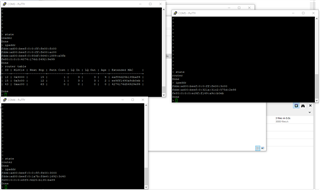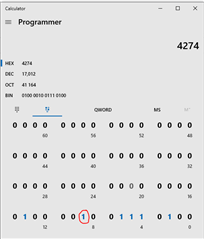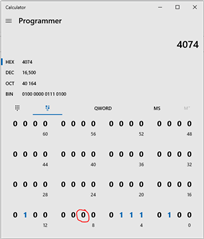Hello
In my application (based on ble_thread_dyn_mtd_coap_cli example), I would like to get the list of devices present on the network (ip).
I saw that there was a command to retrieve the RLOC16s of the routers and their children (otThreadGetRouterInfo (...) to get the list of routers and then use otThreadSendDiagnosticGet (...) to get the list of the children of a router).
If I want to get the "Mesh-Local EID" ip address of all the devices on the network, is it a good method to get all the RLOC16 in order to send commands individually to each device so that they send them back to me their mesh-Local EID or is there a simpler method?
How can I determine the IP address of a device just from its RLOC16?
Thank you





